Ground Reports
Uttar Pradesh: Here's One Audacious Solution To The BJP's ‘Rural Problem’
Sumati Mehrishi
Jun 30, 2024, 02:06 PM | Updated Jul 01, 2024, 10:08 AM IST
Save & read from anywhere!
Bookmark stories for easy access on any device or the Swarajya app.
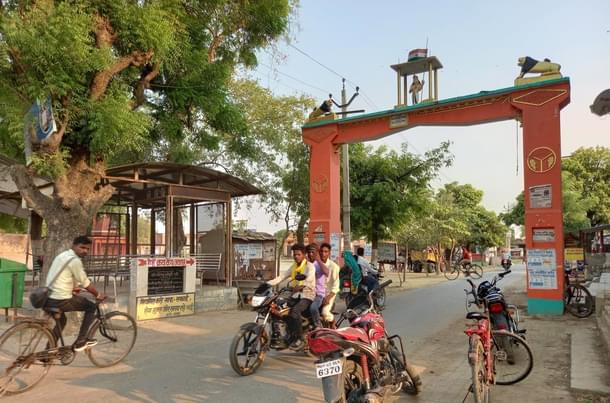
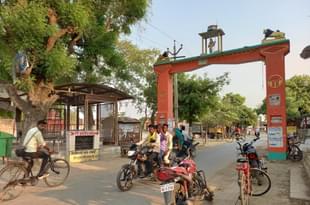
According to this report, the Bharatiya Janata Party got only 35 per cent of rural India’s vote in the recently concluded Lok Sabha elections. As per the same piece, this was a drop from 2019, when the party secured close to 40 per cent of the rural vote.
If the road towards a majority government goes through Uttar Pradesh, the road out of a majority goes through UP’s villages. Anecdotal evidence and reports indicate that the BJP suffered significant reverses in the villages of Uttar Pradesh through its seven-phase elections. The report quoted above also says that the Samajwadi Party got more than 60 per cent of its votes from villages.
Limiting ourselves to Uttar Pradesh, how can the Bharatiya Janata Party regain the trust of the ordinary villager?
There would be many possible answers to this. Here's an audacious one — Make every village an ‘Adarsh Gram.’
Jayapur in eastern UP might hold some clues. This is the village Narendra Modi ‘adopted’ in 2014.
The quotes and stories of Jayapur narrated below were collected during this writer's visit to the village before voting.
There cannot be a better introduction to Jayapur than the sight of Ram ji Patel teaching children free of cost during the evenings. Seated on a chair and correcting notebooks, children surrounding him, he gives another introduction to the village. “Modi ji adopted this village in his first term as Varanasi MP.”
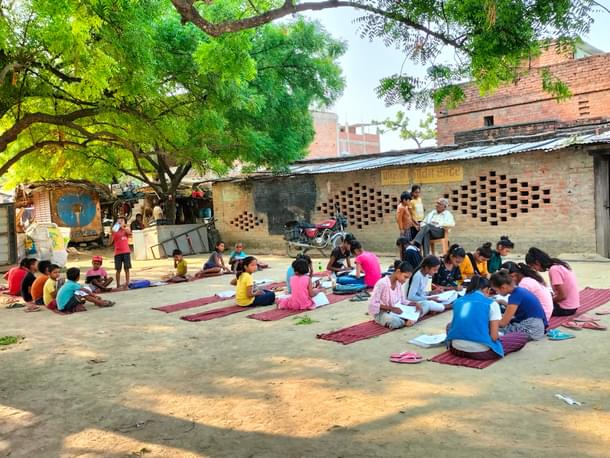
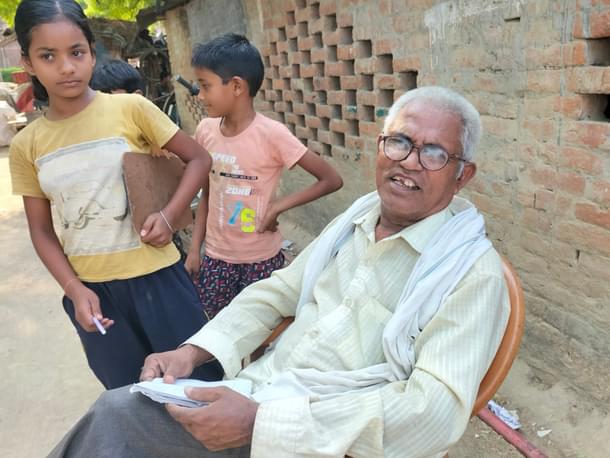
In 2014 at Jayapur, Modi addressed the residents of the village and told them that the idea behind the Sansad Adarsh Gram Yojana was to uplift people and lives in the villages. "Those who have sent us here should themselves be able to move ahead." He told the people of Jayapur that he wasn't adopting the village but the village was adopting him.
Ten years later, Subhavati Devi's praise for Modi is not entirely emotion-driven. She backs it by mentioning what she appreciates in Modi’s work in Jayapur — “Jaise ek gaanv hona chahiye, unhone apne kaam se bataa diya hai (he has explained how a village should be through his work in Jayapur). Logon ki aadatein badal gayi hain. Yahan school, anganwadi, bank, sadak, bachchon ke khelne ki jagah, kya nahin banwaya?”
On her way home, she points to a painted structure designated for garbage dumping and segregation. “After Modi ji came to our village, the awareness for cleanliness went up, now people are building on it.”
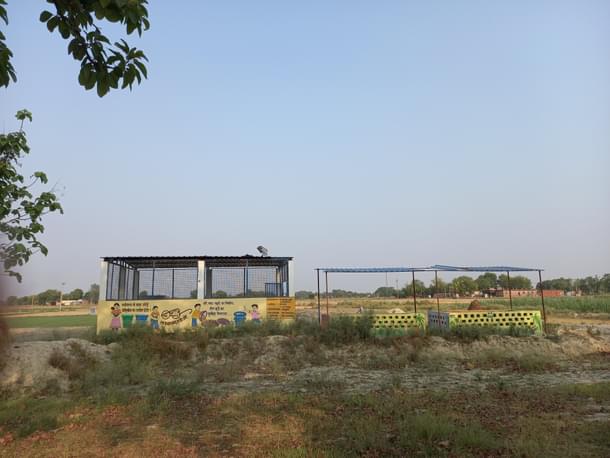
Subhawati is a farmer. But there is more to her. “I am an ASHA worker. I have seen the village changing for the better very closely. As an ASHA worker, I have done several deliveries, registration of pregnant women, and organised pre-natal check-ups for them at government hospitals. I also play a part in janani suraksha (the care of the new mother). I have seen good changes in the anganwadi work during the Modi government. Covid-related work was handled really well.”
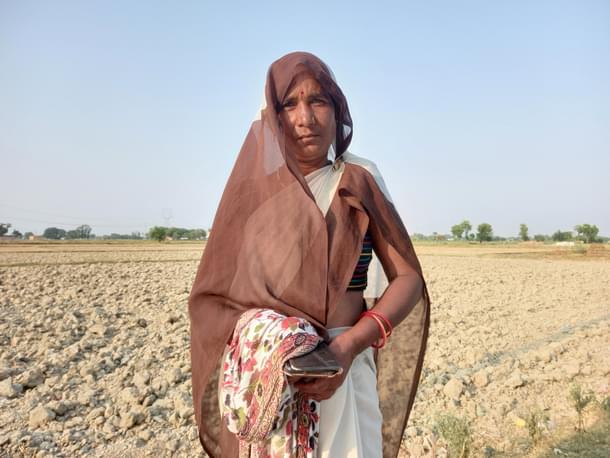
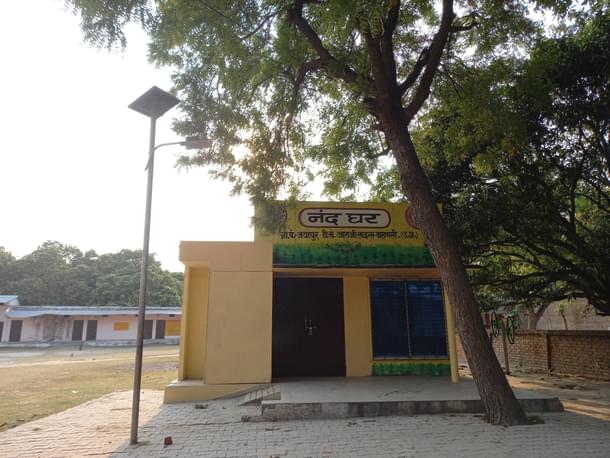
Ajay Patel, a resident of Jayapur, explains “change” — “New roads were built. The changes brought mindset change. The building of a school, toilets, bank, designated spaces for other facilities, are largely welcomed by women.” There was a downside to change, “Some people had to part with a portion of their land for the developmental change. On one hand, it is good for village development, transportation and welfare, on the other, it is a personal loss, as one had to part with land — even if a small portion.”
Patel points out that differences of opinion between generations pop up here. “If you ask my father, he would say there is no need for the road. If you ask me, I will say that the road is essential. Koi bhi kaam hota hai to paksh-vipaksh hota hai. But largely, people understand the positive change brought by Modi and say that only he could have done it.”
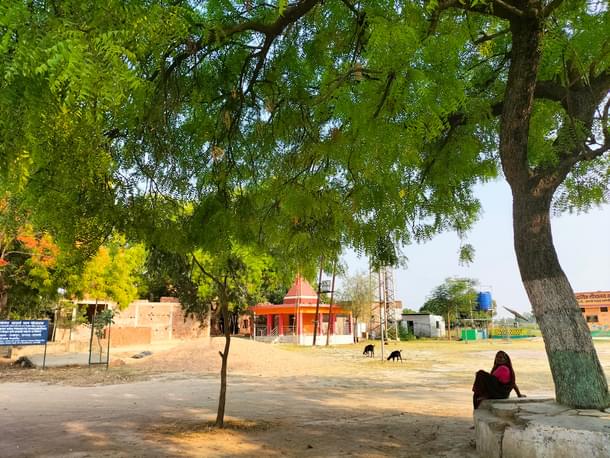
Jayapur also seemed to have a “gendered” outlook to change after Modi adopted this village.
A village elder who did not wish to be named had an interesting response, “Mahilaayen to ek dum collector ho gayi hain (women have become like collectors in attitude.” He added, “Modi ji achcha kaam kiye hain, tabhi to aayaa hai badlav, nahin to badlav kaise aata? (the change has happened only because of Modi's good work. Would change have come without his good work?). The village has improved in all aspects, including health, education and cleanliness.”
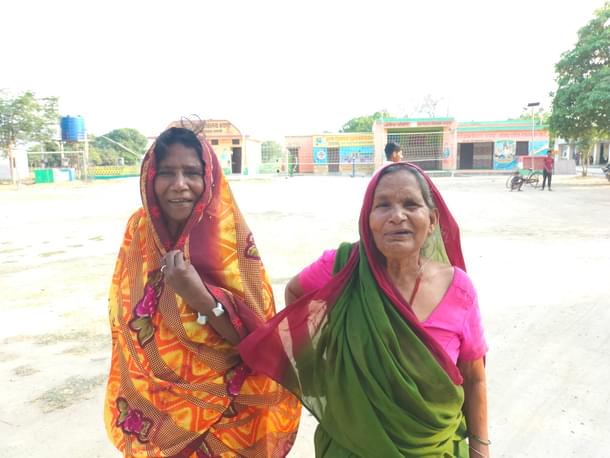
Deep inside Jayapur is Atal Nagar. The access to Atal Nagar is through a combination of a pucca road and a kutcha path surrounded by agricultural fields.
Women working in the fields pointed to a pale structure, “Atal Nagar wo raha.” Named after Atal Bihari Vajpayee was PM Modi's offering to some of the poorest from the weaker sections. A row of pucca houses with toilets, an open area for each house, a boundary wall and a wide entrance, numbered neatly.
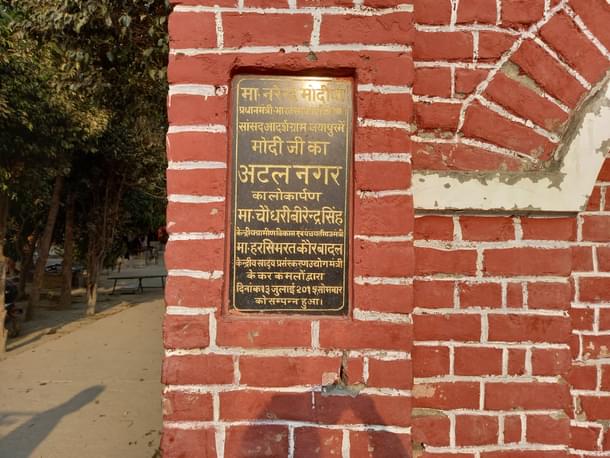
Facing the row of houses is an open garden area dotted with trees and shrubs, where residents, particularly women, celebrate their day-to-day rural lives over chores, chats and rest, as evident during the evening. Some of the women residents told this author — “Ab sab hai (there is everything now). Ghar bhi hai, toilet bhi hai, rehna bhi pehle se bahut behetar hai.”
The row of houses opens to an open area vibrantly dotted with trees, flowering plants and shrubs. The open area is freshly quoted with mud in parts. Jeetu Vanvasi, a resident of Atal Nagar said, “These houses have all basic facilities that we needed. Bijli hai, paani hai, shauchalya hai. Pankha-pankhi bhi lagaa liye hain (we are able to use electrical fans). Life is much better for us, all thanks to him."
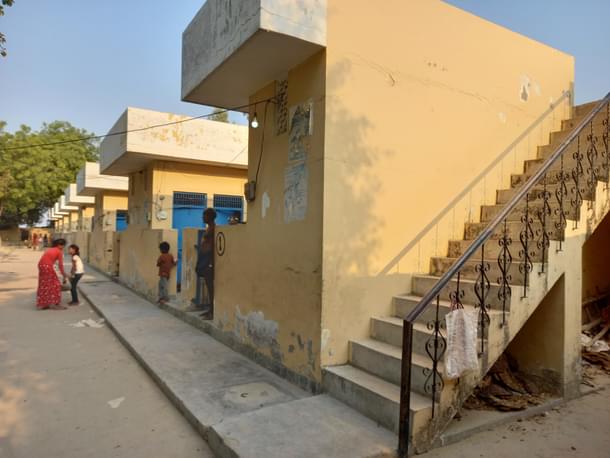
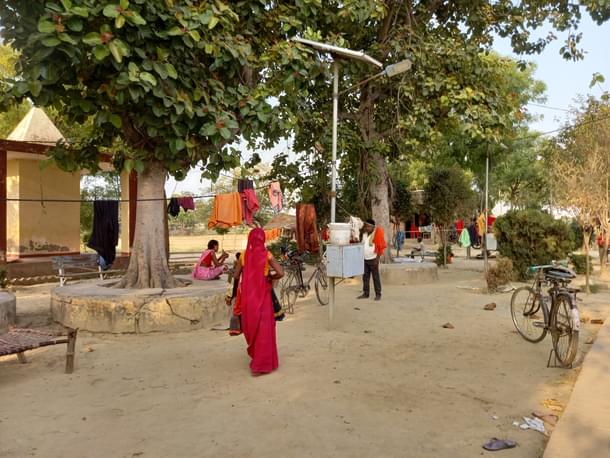
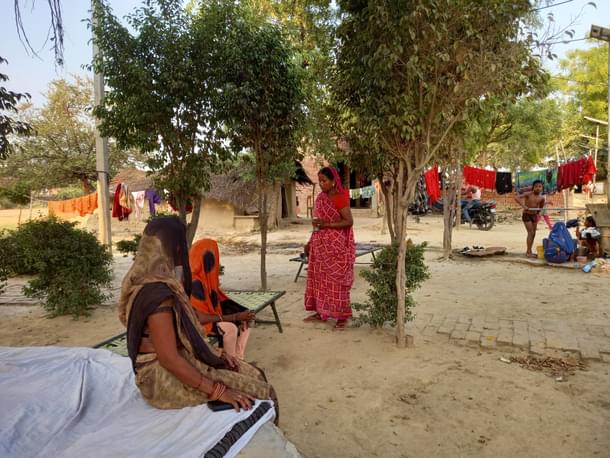
The tangible changes brought by Narendra Modi in Jayapur might seem ordinary and basic to some outsiders. There is nothing 'exotic' or ‘extraordinary’ in “the new.” Yet the changes set Jayapur apart from surrounding villages up to Raja ka Talab, the hamlet on the outer limit at the Benaras-Mirzapur highway.
Modi’s adoption of the village has not scrambled its character. The soul of this village — definitely not Modi's contribution — has a mighty pull, but Modi, evidently, expectedly, seems to have kept his outsider’s gaze away while working on Jayapur.
Shashikant Vishwakarma completed his school education in 2022. He now wants to study Physics in Varanasi. Interestingly, he uses the word “normal” when referring to a cleaner environment in their village between 2014 and 2024. He gives insights on the behavioural change after Modi adopted the village — “Hamara gaanv har cheez mein achcha hai. Swachcha hai. Pehle jo khule mein shauch karte thhe yeh to sab door ho gaye nahin to bahut gandagi hoti thhee, road par, sabhi jagah. Abhi bhi kuchh loag jaate hain par ikka dukka. Wo ashikshit hain.”
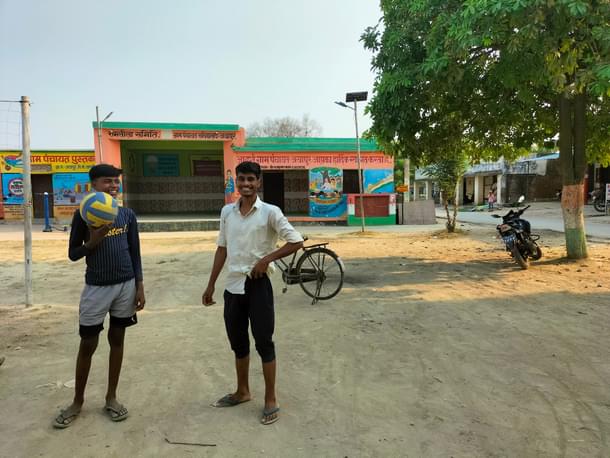
.jpg?w=610&q=75&compress=true&format=auto)
Modi has introduced amenities and elements of social engagement that were simply absent since Independence, on a very localised level on the canvas of Jayapur. The presence of these tangible changes in the village, five years after Modi's role in Jayapur ended, shuffles back the villagers to the times when these facilities and facets did not exist.
Madhu is a farmer and a potter from the Prajapati community. She believes that Modi's win during the last two elections was due to his good work. She was sure he would win the third time. “Modi se bahut suvidha mila hai. Badhiya badhiya road mile hain. I hope that this time he gives us pucca houses in the village.”
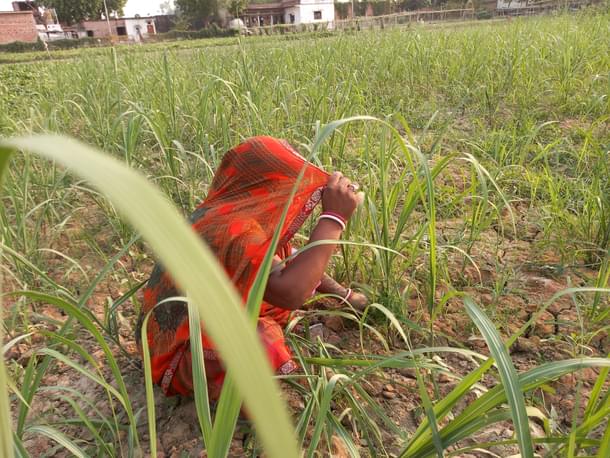
Farmers Mukesh Patel, Laal ji, and Om Prakash narrated their share of the Modi-Jayapur story — “Life in the village has improved on several fronts. The biggest issues were water and hygiene. Fixing those two problems by Modi ji and the addition of other facilities has made life so much easier. However, it is the association of Modi ji with this village which has brought the real change in how people look at change.”
Jayapur is also proud of Jayapur’s marigold. Women contribute to the nurturing of the crop and harvest — particularly of marigolds.
Laal Ji said, “Marigold farming is the strength of the village. The entire family gets engrossed in the marigold crop. It is sold for Rs 10-Rs 30 per 100 pieces — depending on market conditions. The crop goes to mandi in Varanasi, other cities and even abroad.”
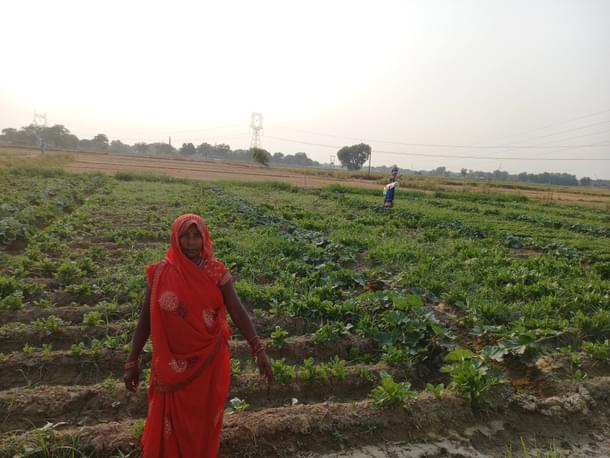
Mukesh Patel was of the view that Modi gave their village facets and facilities it did not have. “Lack of water for domestic and agricultural use was a huge problem here. Modi ji has largely solved the problem. He has done a lot to give us a cleaner and more organised village and given the poor ration, electricity, pucca houses and other things. Unke aage koi takkar mein nahin.”
Modi’s Jayapur address ten years ago is an important address from the perspective of the choices he would make in policymaking centred on rural India during the next five and the next five. It was this speech where Modi indicated the need for reforms in the bureaucratic view and system of work in rural India. “It had been so many years since Independence. Why have Indian villages been in this state?”
Modi was referring to the need for a multi-faceted creative approach in building rural transformation instead of a cookie-cutter approach — “sarkari afsaron ko aadat lag gayi (it has become their habit).” With Jayapur, he wanted to create a futuristic mould of sorts to provide bureaucrats with the idea of what components should go into a village in order to improve lives.
Modi was able to carve a beginning through and in Jayapur. In 2024 PM Modi might realise that his engagement with Jayapur has a key to several answers to BJP’s pan-India rural challenge.
Post-script: Jayapur — as a village — is a constituency within the larger constituency where "unemployment," "employment," "bhartee" had recurring mentions on the ground.
A farmer told this author with oodles of affection in his tone for Modi — "Employment is a big factor this time. People want more and more bhartees to open. It is wrong to say that Modi ji is not doing anything to counter unemployment. But Modi ji says, 'See, I have created this opportunity, done this for you, this is where you can create livelihood. He wants us to work on our own. But people don't think that way. They want jobs in their hands. They want more bhartees to open."
Lesson for the BJP
UP is currently resting on a delicate slippage line between recovery on one side and redundancy on the other. Communication over a period of six months and double engine teaming up with Yogi Adityanath regarding 'what' rural youth wants in terms of opportunities would make the BJP realise that solutions for the creation of employment are locally available.
UP 2024 results are enough to jolt the BJP into war footing action on creating and providing employment.
For now, the collective voice is "sarkari bhartee". Hear it.




